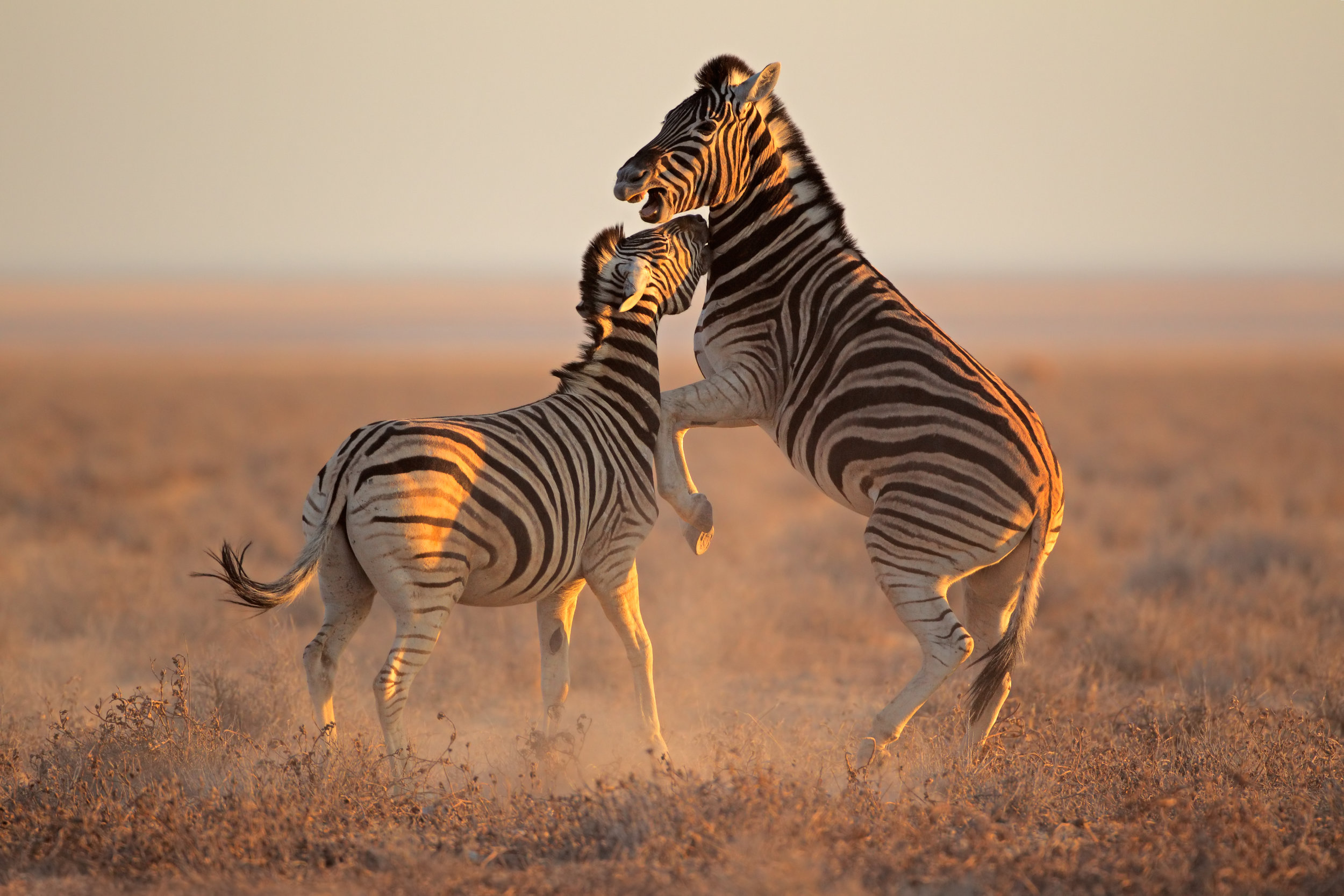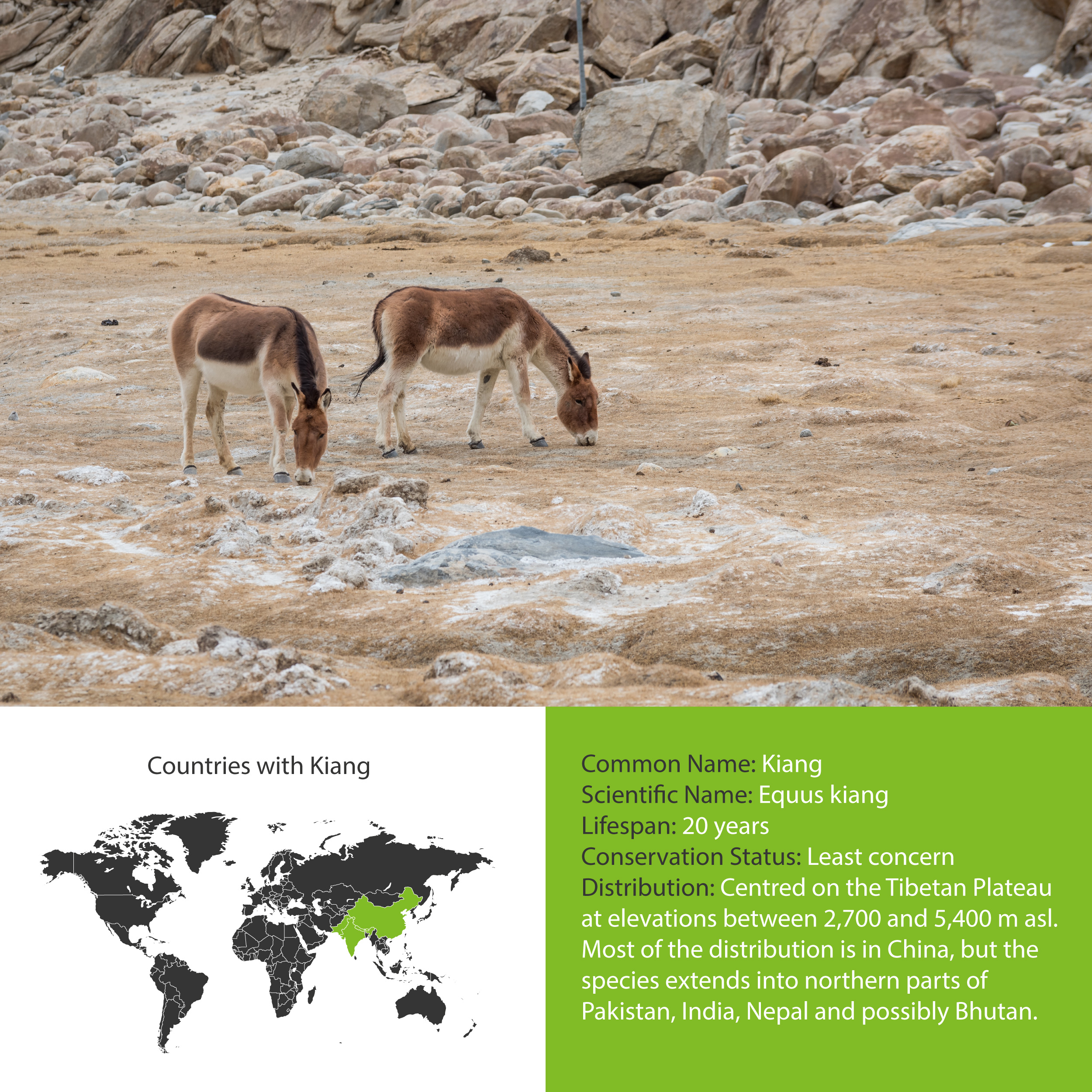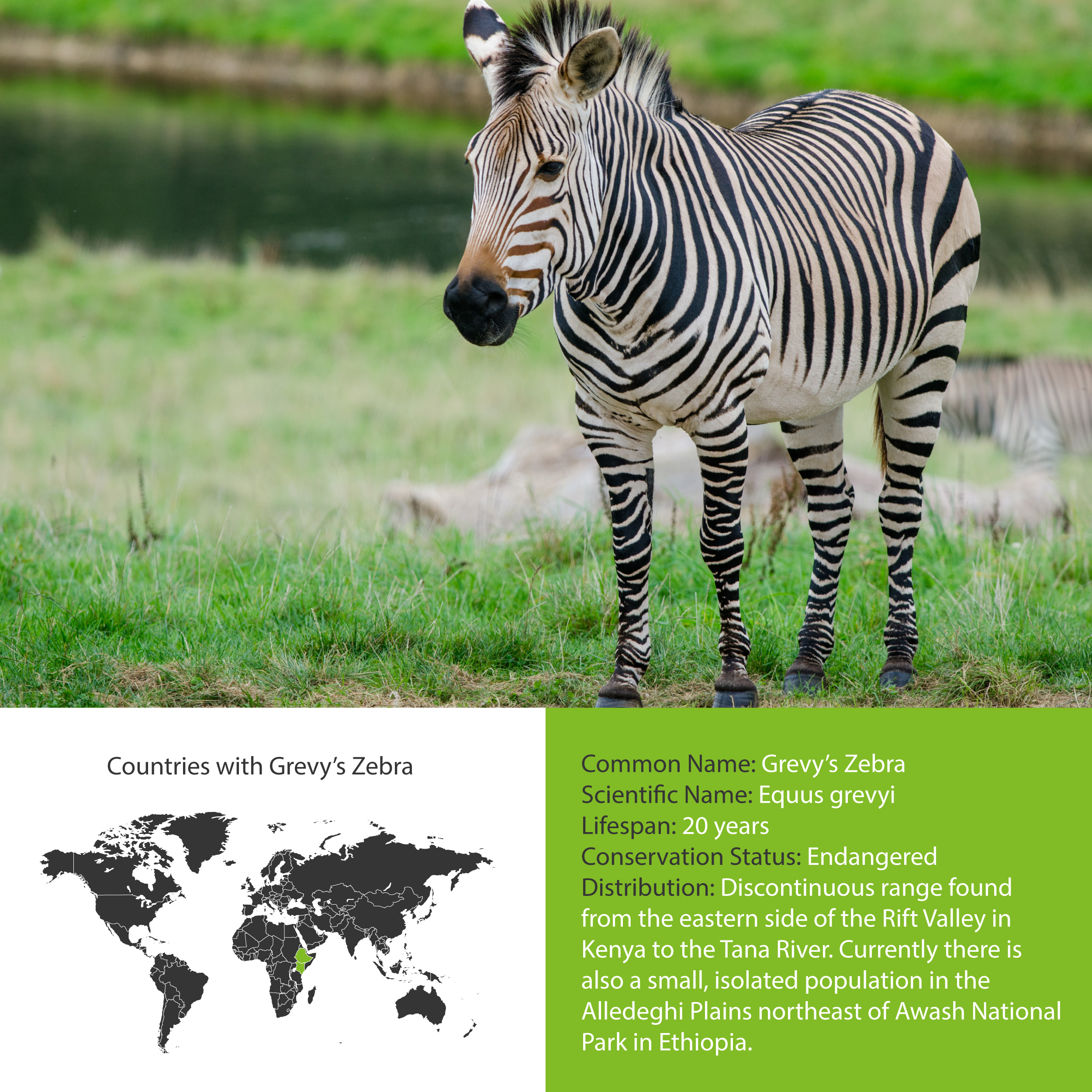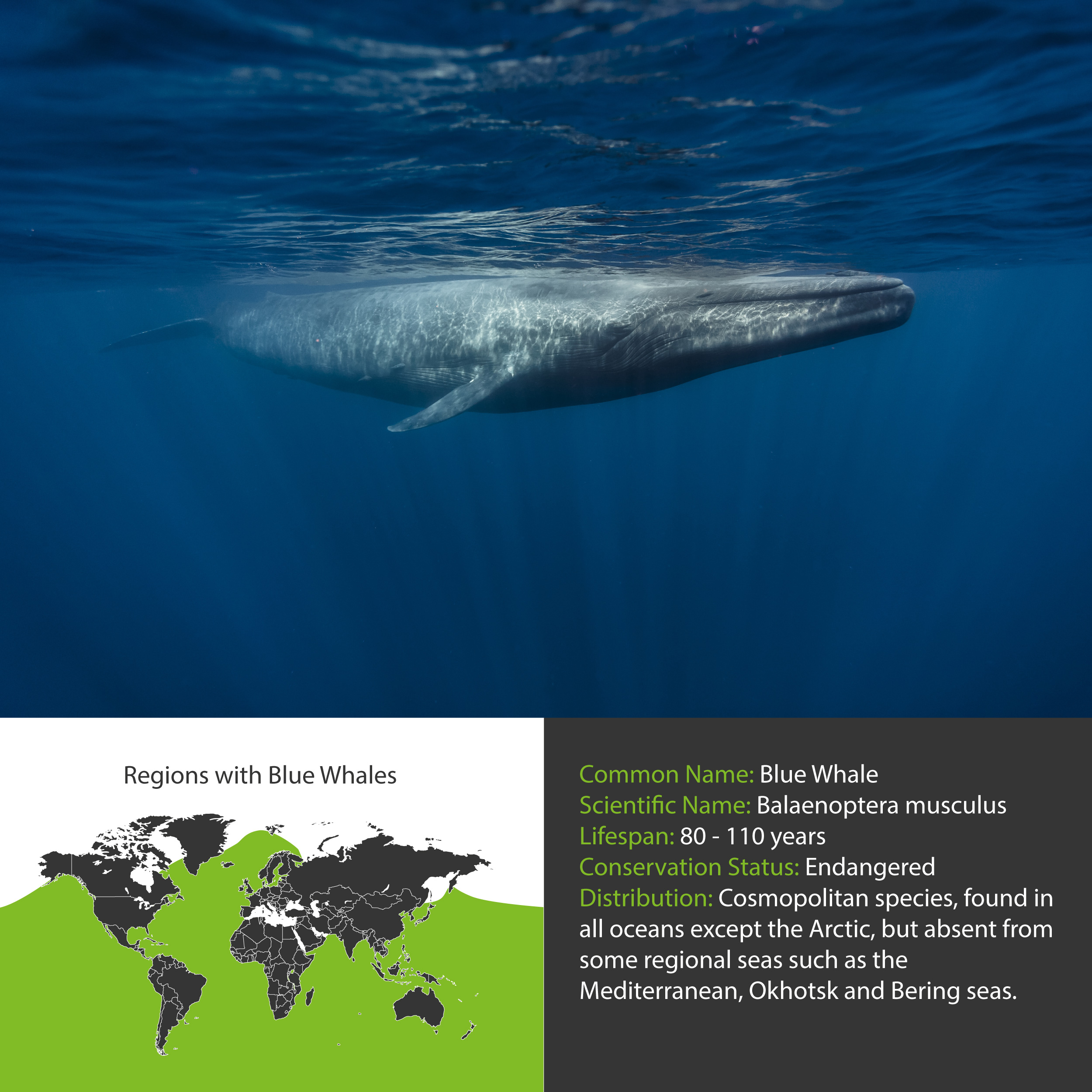This article was originally published by Youth Time Magazine
In this edition of (The Real) Fantastic Beasts and Where to Find Them, we delve into the realm of the equids. There are, of course many different kinds that have been domesticated over the centuries by humankind, but there are still seven species that are considered to be truly wild. From the iconic zebras roaming the plains of Africa to the elusive and mysterious Takhi of Mongolia, Leigh introduces you to the wild and majestic equidae family that graces our planet in the present day.
Note that the wild mustangs of the Americas have not be included for the reason that they are not currently considered a truly feral species.
Przewalski’s Horse
Also known as the Dzungarian Horse or Takhi, the Przewalski’s Horse is native to both China and Mongolia, but was driven to extinction back in the 1960's primarily due to hunting and interbreeding with other domesticated horses. Thankfully, large conservation efforts including a breeding program supported by the Zooligical Society of London helped to preserve the species and reintroduce it to its former natural habitat. Their number has grown steadily since 12 horses were released in southern Mongolia in 1992. With all of them descended from 9 of 13 horses captured in 1945, there are now thought to be over 300 Przewalski’s Horse in the wild. Hustai National Park in Mongolia offers the best opportunities of witnessing them in the wild.
Onager
Like other horses, the Onager has several different common names including Hemione and Asiatic Wild Ass. Around 55,000 wild Onager roam the arid deserts and mountainous steppes situated across several countries including China, Mongolia, Iran, India, and Turkmenistan. Data suggests that the Onager may have lost as much as 70% of its range since the 19th century. Due to severe over hunting and competition with livestock for pastures and water, they have become regionally extinct in most former range countries including Russia, Ukraine, Turkey and Saudi Arabia. Their favored habitats include arid grasslands, desert plains, savannahs and mountain ranges with the largest remaining population found in southern Mongolia and parts of adjacent China.
Kiang
The largest of all the wild asses, the Kiang is native to the Tibetan Plateau. Also referred to as the Tibetan Wild Ass, Khyang or Gorkhar, its range is currently restricted to the montane and alpine grasslands that stretch across China, Nepal, India and Pakistan. Several subspecies (Western, Southern and Eastern Kiang) occur within its broad range as their distribution has become increasingly fragmented. The current global population estimate of Kiang is 60,000-70,000 individuals, with up to 90% of them located in protected areas along the China/Nepal border.
African Wild Ass
Without doubt the most vulnerable to extinction of all the wild equids, the African Wild Ass is listed as critically endangered on the IUCN Red List, with species numbers estimated at approximately 200 mature individuals. Due to human/livestock impact and climate change, data reveals that their population may be undergoing a continuing decline (only 70 individuals have been observed), with the species meeting the threshold for critically endangered status. Their current range is approximately 23,000 km2 across the arid lands of Ethiopia and Eritrea.
Burchell’s Zebra
The Burchell’s, or, Plains Zebra is the most common and widespread of the three zebra species. Easily distinguished from their close relatives by the stripes that meet around the belly, as opposed to the Grevy’s and Mountain Zebras which sport more compact stripes which end at the lower flanks. Around 500,000 Burchell’s Zebra walk the plains, deserts and savannahs of sub-Saharan Africa, and chances of spotting them on safari are extremely high. In fact, those travelling to wildlife hotspots such as the Maasai Mara, Serengeti, and Kruger National Parks in Kenya, Tanzania and South Africa respectively are all but guaranteed to observe entire dazzles (herds) of these stripy steeds.
Grevy’s Zebra
With a population estimated at around 2,860 individuals, the Grevy’s Zebra is listed as Endangered on the IUCN Red List and is restricted to the Horn of Africa, specifically Ethiopia and Kenya. It is the largest not only of the zebra family but of the entire living wild equid group. Also known as the Imperial Zebra, they are the most threatened of the three species of zebra. There are currently a discontinuous range of Grevy’s Zebra found from the eastern side of the Rift Valley in Kenya to the Tana River, with a small, isolated population roaming the Alledeghi Plains situated northeast of Awash National Park in Ethiopia.
Mountain Zebra
Last but certainly not least are the beautiful Mountain Zebra which have been divided into two subspecies (Cape Mountain Zebra and Hartmann’s Mountain Zebra). Some scientists argue that each is an entire species of its own due to some physiological and geographical differences. Hartmann’s Mountain Zebra are more numerous (up to 1300 in the wild) and they occur in the mountainous transition zone between the Namib Desert and the central plateau of Namibia. Numbering at between 600-700 individuals, the only surviving natural populations of Cape Mountain Zebra are found in Mountain Zebra National Park, Gamka Mountain Reserve and the Kamanassie Mountains.
All Photos from Shutterstock/Graphics by Leigh Woods


















